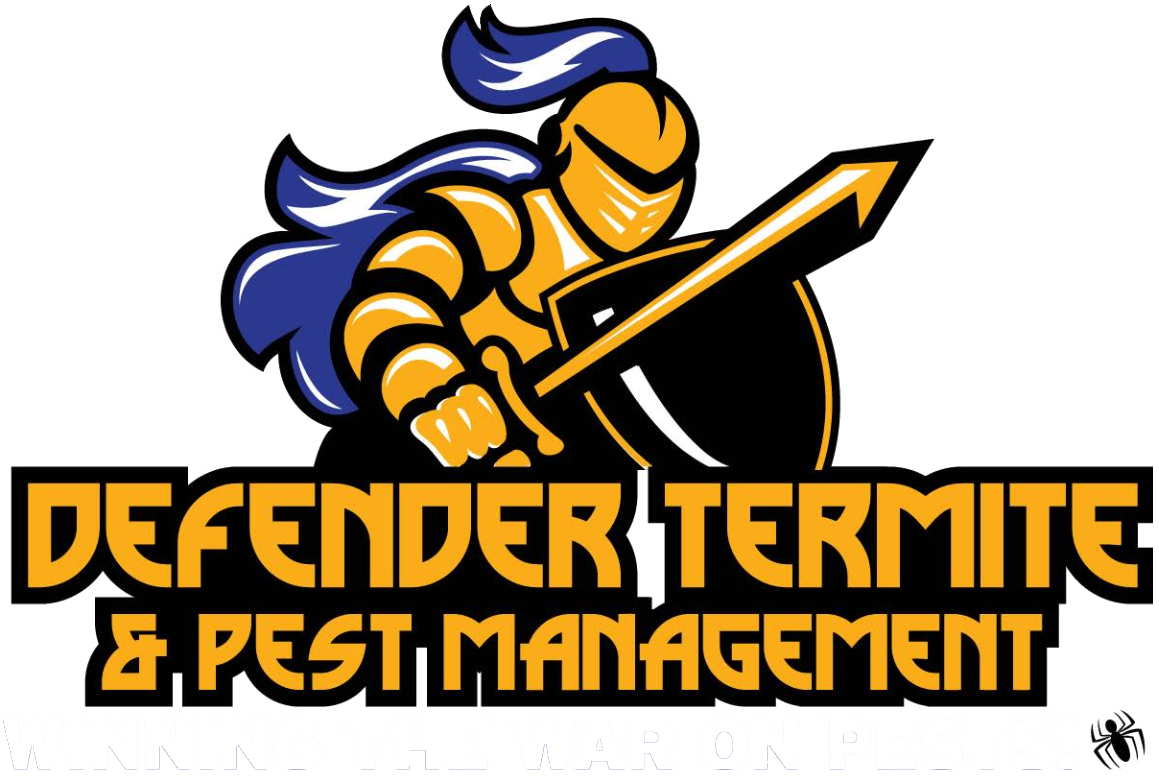Termite Inspection In Folsom, CA
Termite Inspection Services
PEST FREE GUARANTEE
Contact Us Today For A Free Estimate
How To Prepare For A Termite Inspection
Smart Folsom homeowners stay on top of termite control. A big part of termite control is keeping termites from invading your home, and the first step in accomplishing this is scheduling a termite inspection. So now that you’ve scheduled one, what can you expect? Are there steps you need to take to get ready for the inspection? Preparing your home for a termite inspection isn’t difficult, but there are a few things you can do to help make it go more smoothly.
DO A LITTLE BIT OF REARRANGING
Anything you have stored under your sinks in the kitchen and bathroom will need to be moved to another area so that the inspector can check your water sources for termite activity. Inside your garage, move anything you have stored against the wall to about two feet away from the wall. If any items are against the walls outside your home, they’ll also need to be moved two feet out.
MAKE IT EASY TO ACCESS THE ATTIC
Anything blocking the entrance to the attic should be cleared away in advance of the inspector’s visit. Not only does the inspector need to get into the attic, but you want to make sure no debris falling from the attic disrupts your things while he’s working.
CLEAR THE CRAWL SPACE
If your home is built on a raised foundation, making it easy for the inspector to get into the crawl space. Clear the opening, move any items that block the entrance, and make sure nothing stored in the crawl space will impede the inspector’s work.
TAKE CARE OF SOME LANDSCAPING
Trim any plants like bushes or ground cover that conceal exterior walls or the foundation.
Locally Owned
24/7 Emergency Services
How To Prevent Future Termite Treatment
Once the inspection is complete, the inspector will let you know the findings. If there’s an infestation, treatment will be recommended, but even if there’s not an infestation, the inspector may suggest preventive treatment to keep your home safe. He or she might also give you advice on preventing termite infestations through good practices that include:
GETTING RID OF EXCESS MOISTURE
Repair leaky faucets as soon as possible, and don’t let water accumulate near your foundation. Keep gutters clear from clogs, and use downspouts to divert water away from the house. Make sure the soil around your house is graded to keep water away from the foundation.
KEEPING LANDSCAPING CLEAN
Don’t let wood debris, mulch, or firewood come into contact with your home’s exterior surfaces, and remove any old tree stumps or dead trees from your property. Try to prevent any wood to soil contact, both on your home and with any fences on your property. Trim trees and shrubbery so that they don’t touch wood surfaces on the house and give termites a great way to get in.
REPAIRING YOUR ROOF AND ATTIC AS SOON AS THERE’S AN ISSUE
Broken roof tiles and attic entrances can expose wooden beams in the attic and provide easy access for termites.
SAYING NO TO CARDBOARD
Cardboard boxes in your attic and garage can be a food source for termites, so keep these to a minimum.
KEEPING YOUR EYES OPEN TO SIGNS OF A TERMITE INFESTATION
Look in your window sills for discarded wings, pay attention to hollow sounding floorboards, and check for mud tubes on your Folsom home’s exterior.
PEST Services
